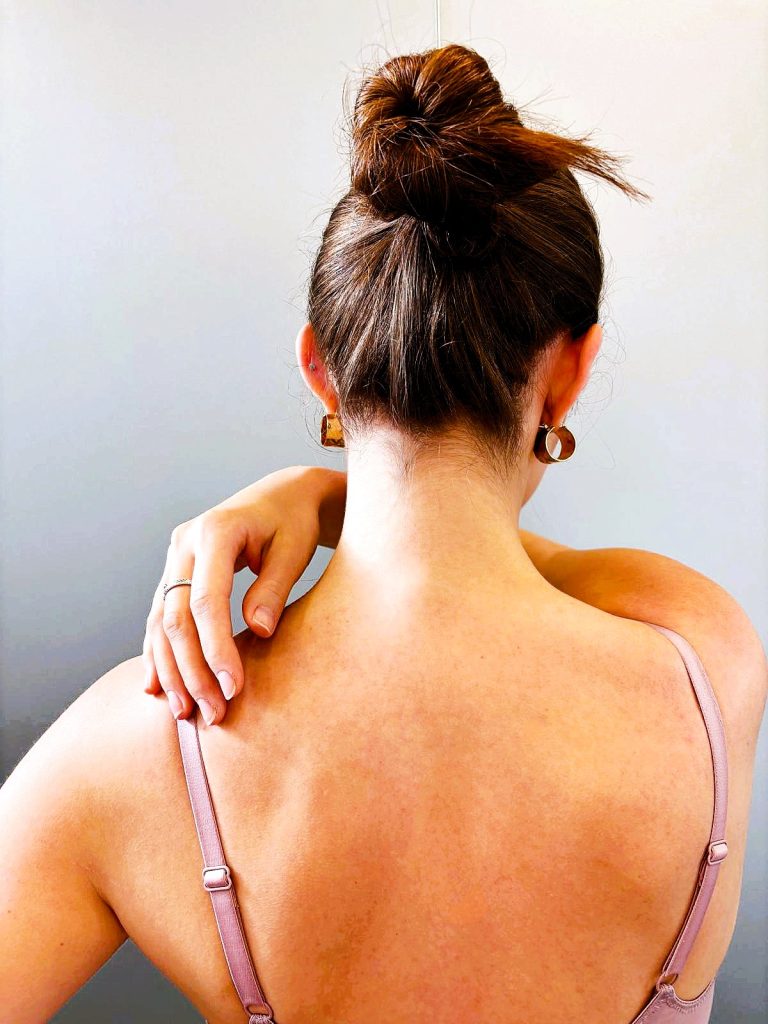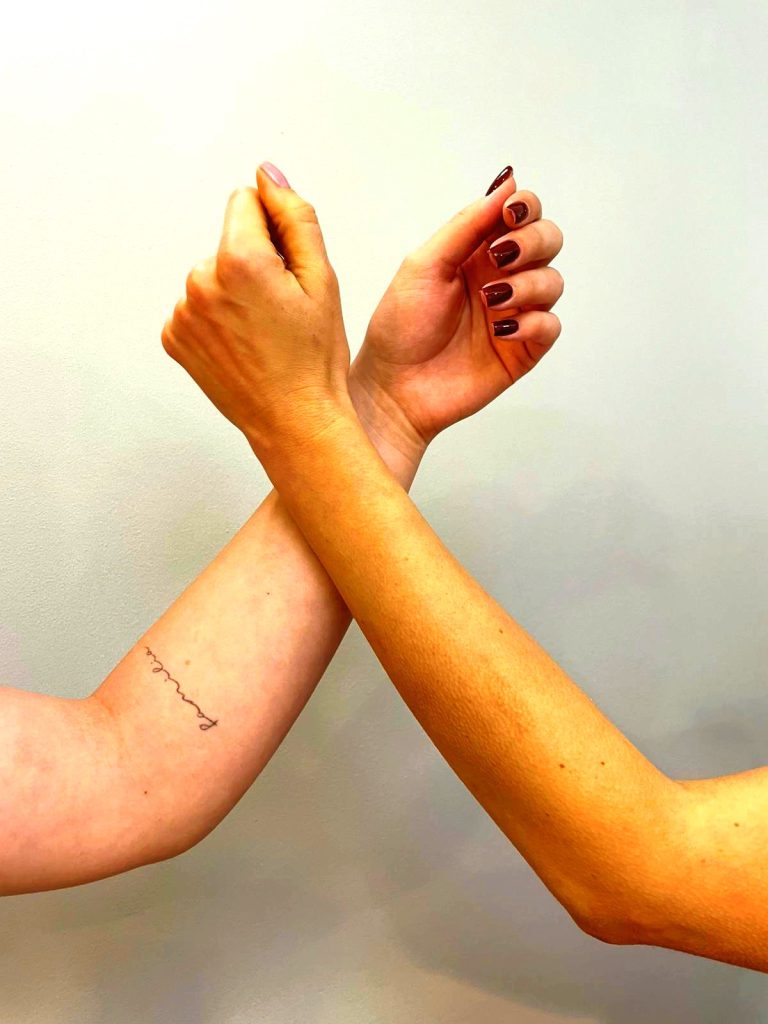Laser Hair Removal and Skin Phototype: Why Does Not Every Skin React the Same Way to Laser?
Blog BackTable of Contents:
- Classification of Skin Phototypes
- How Does Skin Phototype Affect Laser Hair Removal?
- The Importance of Consultation Before Treatment

Laser hair removal is an effective method for removing hair that is gaining increasing popularity. However, not everyone can enjoy its full benefits. A key factor influencing the effectiveness of the treatment is the skin phototype, which defines how our skin reacts to laser light. It's important to understand the different phototypes and why not every skin reacts the same way.
Classification of Skin Phototypes
Skin phototypes are classified according to their resistance to UV radiation and their ability to tan. Here are the main types:
Type I – Celtic: Individuals with this phototype have very fair, almost white skin, often freckled, with light hair (blonde or red) and light blue or green eyes. Their skin does not tan but only reacts with strong redness, making them very prone to sunburn.
Type II – Northern European: The skin of this phototype is pale and porcelain-like, tans slowly, first developing redness, followed by slight tanning.
Type III – Central European: Individuals with this skin type are relatively resistant to sunburn. Their skin quickly turns brown, and their hair is usually dark blonde or brown. Eye colors can be gray, hazel, brown, or blue.
Type IV – Southern European: This type is characterized by a typically olive skin tone, often with a light brown tint. They have dark hair and are resistant to sunburn.
Type V – Characteristic of Asian descent and residents of the Arabian Peninsula: Their skin is naturally dark. They tan easily and rarely suffer from sunburn. Their hair is dark or black, and their eyes are dark brown.
Type VI – Characteristic of African descent: Individuals with this phototype have dark brown or black skin, never tan, and do not get sunburned. They typically have black hair and dark brown eyes.
How Does Skin Phototype Affect Laser Hair Removal?
In laser hair removal, the key is the laser's action on melanin, the pigment present in hair. The light beam directed at the hair is absorbed by melanin, leading to its destruction. Thus, evaluating the skin phototype before the treatment is crucial.
Individuals with phototypes II and III respond best to laser hair removal because their skin is light, and their hair contains a lot of pigment. When the skin is un-tanned, the high melanin content in the hair follicle allows the laser to work effectively, minimizing the risk of burns.
On the other hand, individuals with higher phototypes (IV-VI) may require adjustments to the treatment parameters. The higher the phototype, the more melanin the skin has, which increases the risk of burns and weakens hair removal effectiveness. In such cases, the treatment may be less intense, meaning a longer series of sessions may be needed to achieve the desired results.

The Importance of Consultation Before Treatment
Before undergoing laser hair removal, it is crucial to have a consultation with a specialist. During this meeting, the skin phototype can be evaluated, and the appropriate parameters can be selected. A test laser shot is also always performed to see how the skin reacts to the laser light.
In summary, laser hair removal is an effective method for removing hair, but its effectiveness largely depends on the skin phototype. It is essential to conduct a thorough assessment and consult with an experienced specialist before the procedure. This way, one can avoid undesirable effects and enjoy lasting results.








